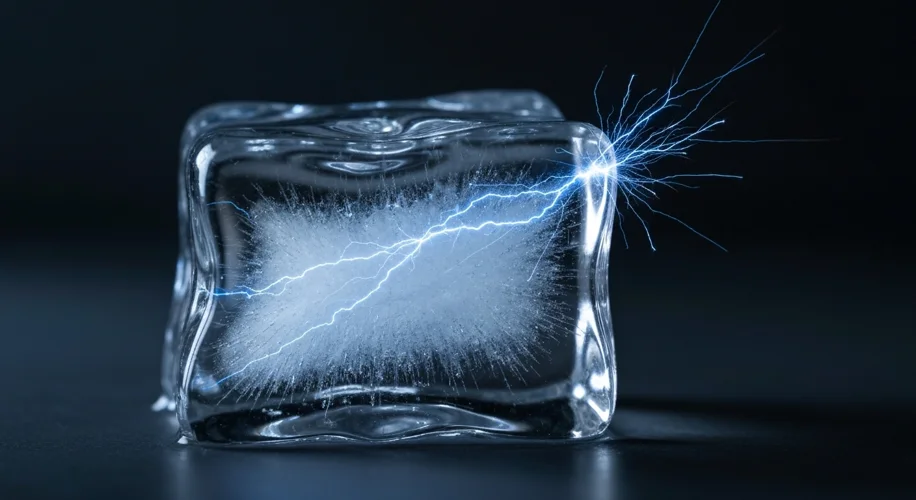Did you know that ice can actually generate electricity when you bend it? I was fascinated to read about this recent discovery, which touches on some really fundamental physics. It’s a great reminder of how much we still have to learn about the world around us, even about something as common as ice.
Scientists have found that when they deform ice – think bending or compressing it – it produces an electrical voltage. This phenomenon is called the piezoelectric effect, but ice isn’t typically known for exhibiting this in a significant way. Most materials that show this effect are crystals with a specific kind of asymmetry. Think quartz or certain ceramics.
So, how does ice do it? It turns out that the way water molecules arrange themselves in ice, specifically in its crystalline structure, can lead to this surprising electrical behavior. When you apply mechanical stress, like bending, it can slightly shift these molecules, causing a separation of positive and negative charges. This charge separation is what creates the voltage.
This discovery is particularly exciting because it opens up new avenues for how we might think about energy generation. Imagine devices that could harvest energy from everyday movements or environmental changes. While we’re a long way from powering our homes with ice cubes, this finding could inspire innovations in creating more efficient sensors or even small-scale power sources.
It’s discoveries like these that really get me thinking about the possibilities. We’re always looking for cleaner, more sustainable ways to meet our energy needs, and understanding these fundamental properties of materials is a crucial part of that journey. Who knew that a simple block of ice held such potential?
I’m always inspired by how much more there is to explore and understand in science. This is why I’m so passionate about sharing these findings with you all!

